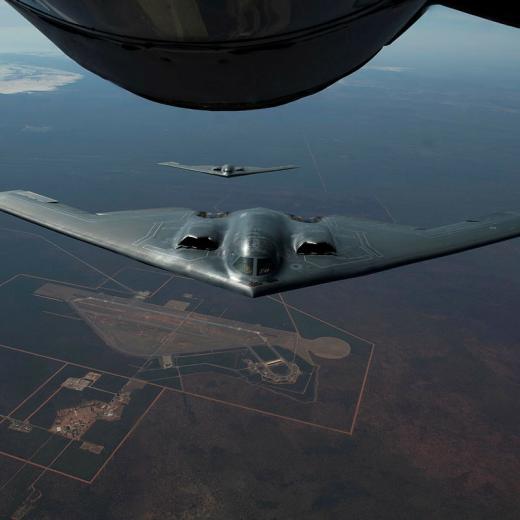BLUF
This article argues that the US National Defense Strategy should develop high-level deterrence capabilities and reduce expenditure on anything that does not support that aim.Summary
The next US National Defense Strategy is due in 2022. The authors of this article make the following points:
- Time is running out to keep pace with China.
- The current strategy’s focus is ‘integrated deterrence'—which is too vague a term to enable clear priorities to be set.
- A force redesign is needed to deter and, if necessary, win a war with China/Russia.
- The focus should be on high-end deterrence against China/ Russia instead of strategic competition or lesser threats.
- This strategy would enable nuclear and conventional modernization within current budgets.
- Strategic discipline is needed to do a narrower range of critical high-end missions more effectively.
- Doing more of the same is a security threat.
- The 2018 National Defense Strategy produced a force that was larger than needed for any particular conflict but less capable of defeating peer adversaries.
- Budget restrictions prevented critical capabilities in the strategy from being achieved.
- Individual services pushed preferred programs that were irrelevant to a great-power conflict.





